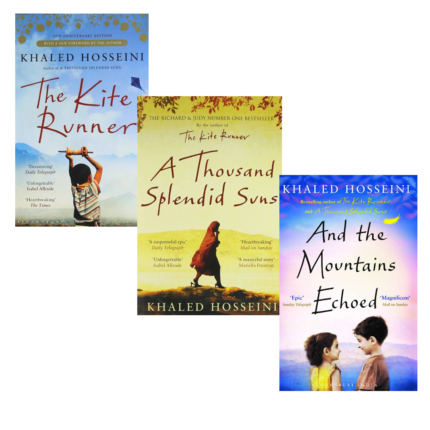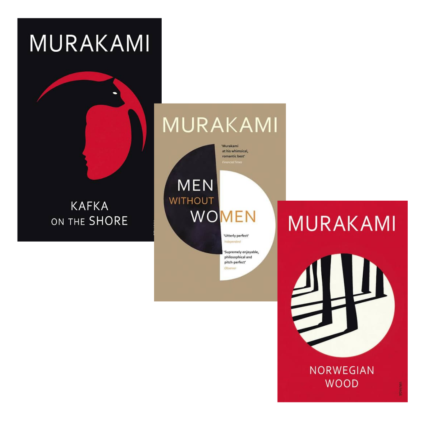India’s Ancient Past by R.S.Sharma
First published in 2005 by Oxford University Press, India’s Ancient Past is a comprehensive work that captures the historical strides from neolithic and chalcolithic times to Harappan civilization, Vedic times, rise of Mauryas, Gupta’s. Satvahanas right up to the times of Harshavardhana.
Rise and fall of empires and reign of kings has been placed in the context of the ancient social milieu, the existing varna system, developments in science and technology, commerce and trade and the cultural legacy that shaped society.
The book takes the readers on a journey through time. Like his other books, this book too is very informative and the narrative is a compelling read. Students and those interested in knowing about India’s past do get to learn learn about empires, dynasties and the varied cultures that evolved in different geographical backgrounds over the millennia.
There are separate sections that detail about Harappan and Vedic civilization, the age of Mauryas and the rise of Buddhism and Jainism.
At the end of the book you will find a note from the author on the transition from Ancient India to Medieval India. The main reason for its popularity is the fact that it is easy to read and the facts have been detailed in an easy to understand manner.
History of Modern India by Bipin Chandra
History of Modern India is one of the famous books of Bipin Chandra. This book was published by Orient Blackswan in 2009. This book is a journey mapping the path of colonial India in from the eighteenth century to the twentieth century. It traces the timeline of British rule which majorly coincides with the modern Indian history. However, this is not a political narrative of the British rule, the freedom struggle and the Independence. Rather, this book is a social understanding of the factors that allowed British rulers to rule over India for such a long span of time. It tries to understand what the social effects of the rule were. How the small villages and corners of India was affected by a power that was controlled from Europe. What did this rule bring for the Indians to make their lives better? How did the colonized people perceived, behaved and reacted to the foreign rule? These are some of the questions famous Historian and Former JNU faculty, Late Bipin Chandra have tried to answer through his own understanding on the matter combined with oral and written references.
This book is a product of Chandra’s own research on nationalism and colonialism in India. So here you will not only find all that had happened politically, but also socio-economic aspects like what did the general people understood and did about this rule? He uses an innovative chronology; he deals with causes as well as the effects of this reign over India. While you read the book, nationalist movement certainly becomes the main storyline, but the anecdotes and parallel stories of what was going through the lives that just wanted to get by each day without any trouble are interesting. You can easily understand what and how the social hidden narratives went during that time. This is not the only accurate description of Modern Indian history, but this is much closer to the everyday reality of those who lived between 1700s-1947 in India. This book is a recommended read for the students who are preparing for civil services with “history” as an optional paper. It is also recommended for other History enthusiasts and academies.
History of Medieval India
There are great amount of historical moments strung together to bring India where it is today. A slice of these events add up to make this history book by Satish Chandra. The 1000 year period covered in this book details about the sequence of events and the empires that governed different parts of the country from the eighth to the eighteenth century.
A feudal medieval India is presented within the social context of the times that is bound to interest even lay readers, besides students of history and those appearing for competitive examinations. The series of invasions that shook up the Indian sub-continent, an ever changing kaleidoscope of cultures, political upheavals and internal revolutions that happened during these ten centuries have been described with utmost detail in History of Medieval India. The book is a result of intense research of archived documents, coins, monuments, books, travellers accounts and other sources that have survived the ravages of time.
Whether you are a teacher seeking authentic information to rely upon or a student appearing in a competitive examination or just keen on gaining knowledge about India’s past, this book is a perfect companion that brings an accurate account of history. From the Marathas, to the Cholas and Pandyas, contribution of every dynasty influencing the course of history of a particular region in a given time period has been listed out.
Chapters on the Rajputs, Mughals and Turkish invaders recorded bring out the turbulent times that many parts of North India underwent and what contribution these kingdoms and societies made towards the country that we have come to live in.
With rise of every new dynasty there were many shortcomings that brought about their fall and the historian in Satish Chandra with deep insight about the historical events dissects the many reasons for their downfall in detail.















